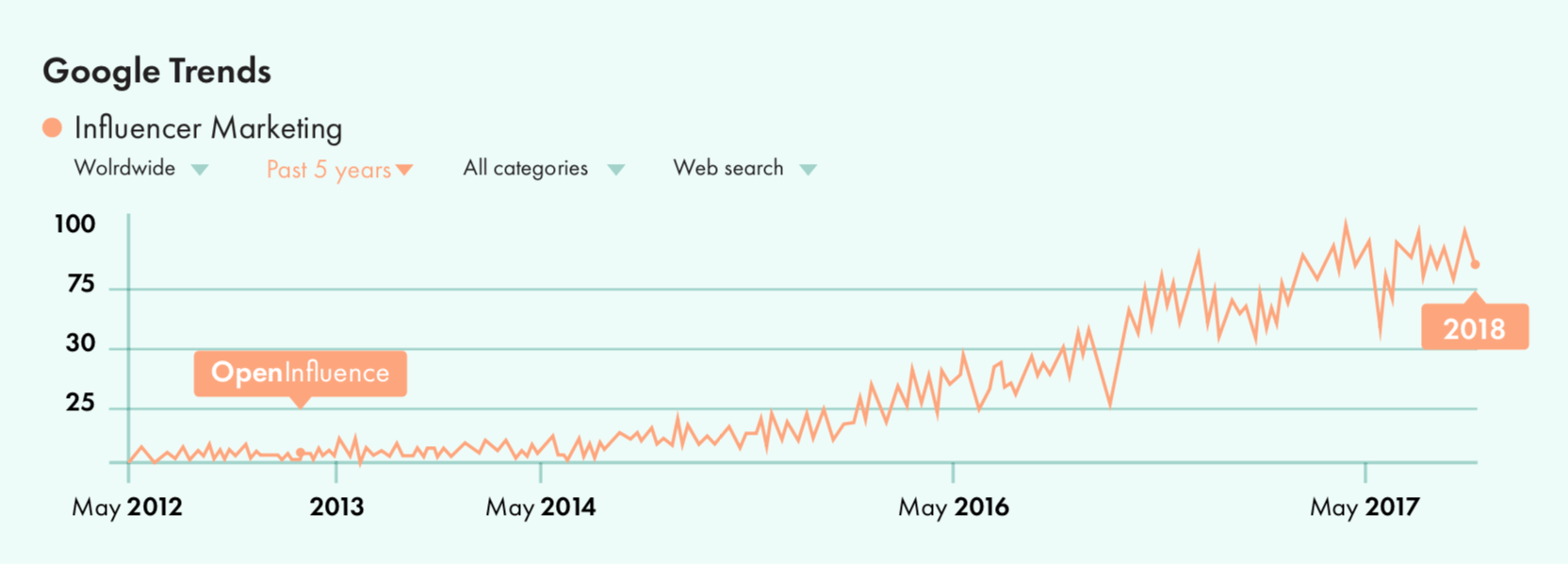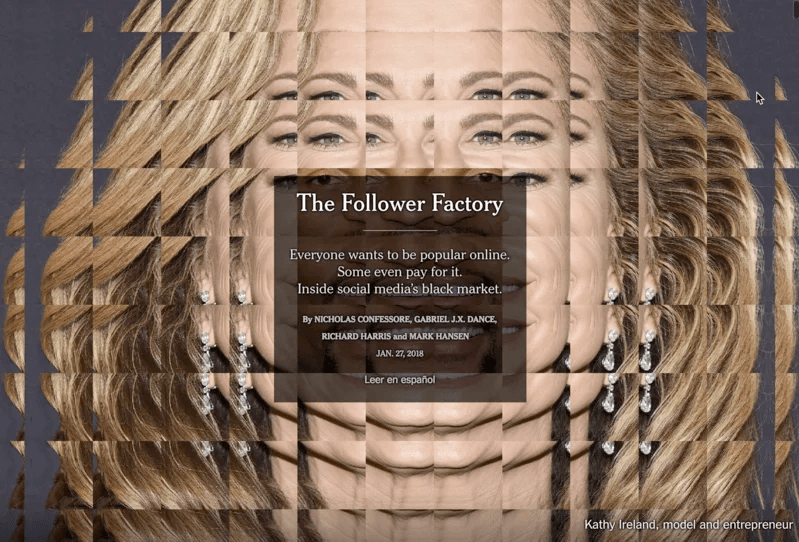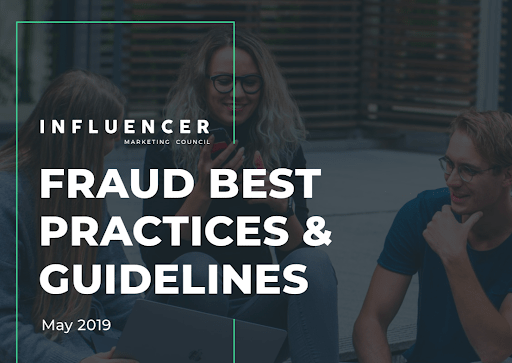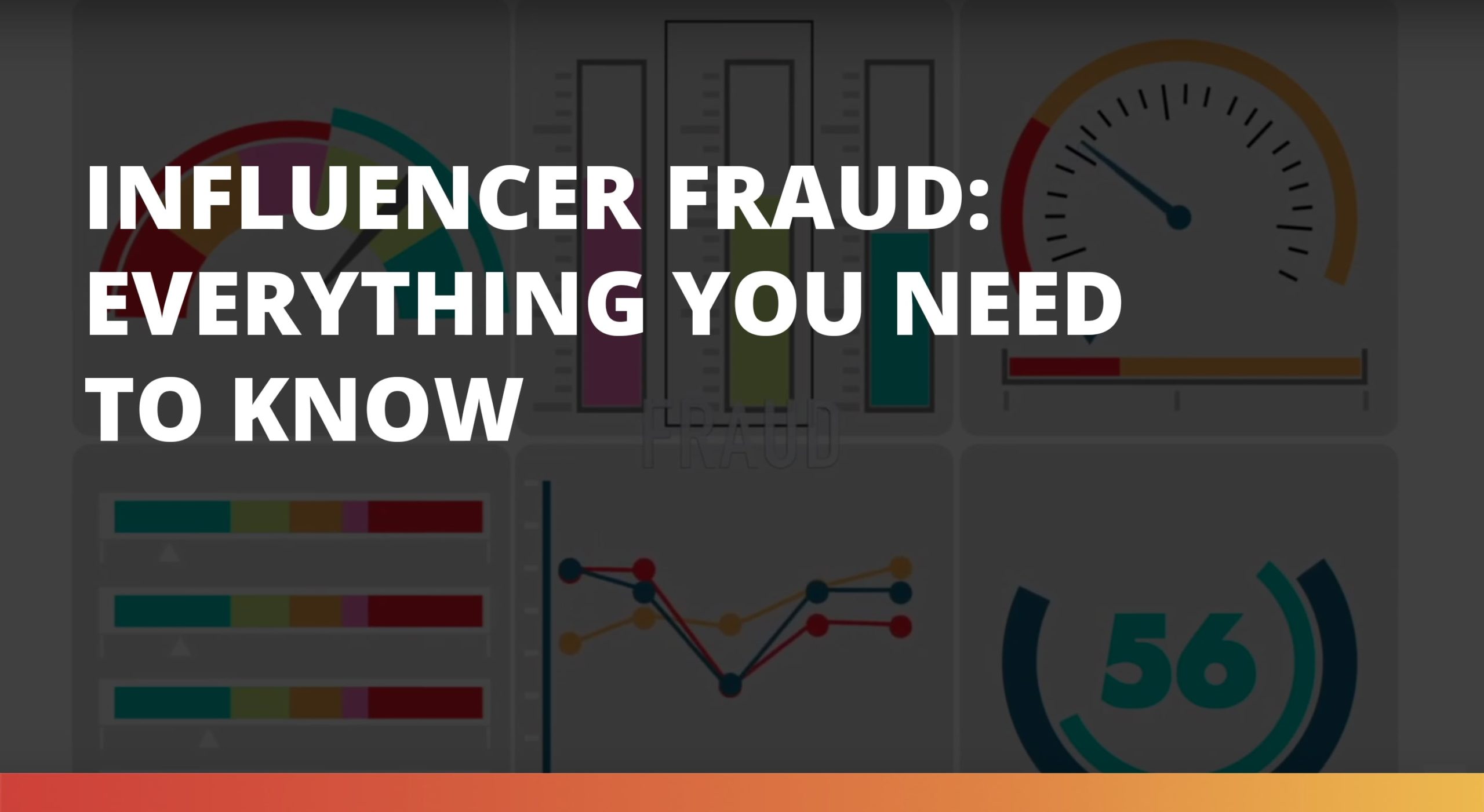The mobile revolution, coupled with the meteoric rise of social media platforms, paved the way for Influencer Marketing’s explosive growth. In less than a decade, we’ve witnessed the construction, evolution and maturation of this innovative, disruptive space, which many estimate will reach as much as $5-10 billion dollars by 2020.

Of course, such impressive statistics can often serve as veritable “WELCOME” signs to those who would exploit the vulnerabilities of a booming market. In the influencer space, this predominantly takes the form of suspicious or fraudulent activity – including the purchase of fake followers and the use of automated accounts – to artificially inflate user metrics.
In the early days of influencer marketing, rates were often calculated based on vanity metrics such as a user’s follower count. This created a big incentive for would-be stars to juice their numbers in order to jump-start their careers and demand more for sponsorships. Scammers found early success adapting previous forms of cyber fraud, such as automating millions of clicks for a single account, to the social media age.
In 2018, an assortment of high-profile celebrities was discovered to have purchased hundreds of thousands of fake followers. A series of bombshell reports from The New York Times, The Atlantic and others, further propelled the issue to national attention. The scope of the problem, coupled with the general public’s overall fascination with influencer culture, has resulted in term “Fake Followers” rising to household status.

Leaders within the industry have begun to take action. The Influencer Marketing Council – formed in response to the issue – recently published a series of Guidelines to combat influencer fraud, including the most common warning signs such as mismatched follower/engagement ratios and sudden follower growth spikes.

Open Influence created our own mini-documentary outlining the risks and red flags associated with fraudulent activity. The video features insight from OI employees with boots on the ground, as they discuss what’s currently being done to tackle influencer fraud – both from a technological and strategic level. Take a look below!

